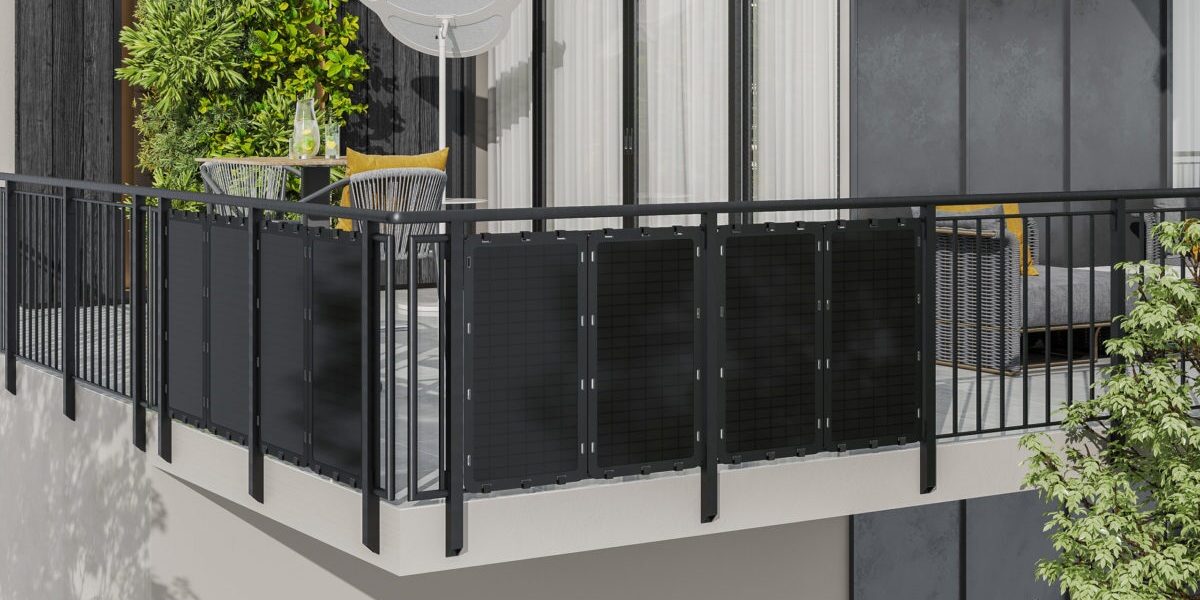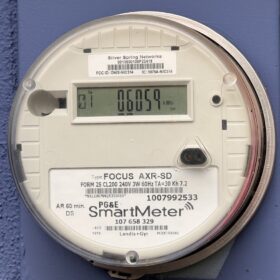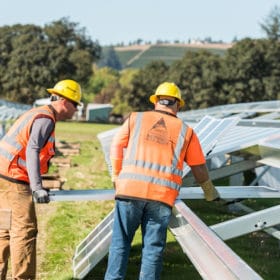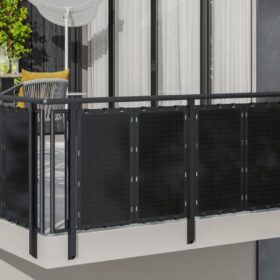The One Big, Beautiful Bill Act (OBBBA) includes new restrictions on technology neutral tax credits, including project-based tax credits and the 45X manufacturing tax credit. The law seeks to limit content from foreign entities of concern (FEOC), which primarily affects products shipped from China.
The act denies technology-neutral tax credits, including the 48E Investment Tax Credit and the 45Y Production Tax Credit to projects that are in violation of FEOC rules. And 45X manufacturing tax credits are denied to U.S.-produced that exceed allowed thresholds of Chinese material inputs.
An executive order from President Trump this week reaffirmed “prompt action” on FEOC enforcement.
The FEOC restrictions take effect in the tax years beginning after July 4, 2025.
“The FEOC rules are complicated, but they distill to a three-step analysis,” said Keith Martin, partner, Norton Rose Fulbright.
Martin proposed a three-step process for both project developers and manufacturers seeking to attain FEOC compliance.
Step 1
First, project owners should determine if the project received “material assistance” during construction from a “prohibited foreign entity,” which will be explained in detail below.
The IRS is expected to publish tables in late 2026 to make calculation for what qualifies as “material assistance.”
Norton Rose Fulbright said the determination is a fraction, in which the denominator is the total labor and materials cost to the project owner of the “manufactured products (including components)” that are brought to the project site for incorporation into the project. “Manufactured products” include components like solar modules, but do not include structural elements like steel or rebar.
The numerator is the cost of the manufactured products, after removing the labor and materials costs from a “prohibited foreign entity.”
“Thus, the fraction is the percentage of manufactured products used in the project that are not made by prohibited foreign entities,” said Martin.
The fraction must be at least 40% for power projects on which construction starts in 2026, increasing over time to 60% for projects starting construction after 2029.
The thresholds are different for storage projects. They are 55% for such projects that start construction in 2026, increasing over time to 75% for storage projects starting construction after 2029.
“There are significant penalties for getting the material assistance calculations wrong,” said Martin.
A 20% penalty will be imposed on any taxpayer that gets the calculation wrong if the taxpayer ends up paying more than 1% less tax than it should have as a result.
Step 2
For project developers, Martin said the second step is to determine whether the taxpayer claiming or selling tax credits is “specified foreign entity” or “foreign-influenced entity.”
Prohibited foreign entities under FEOC include companies that have direct or indirect interest of 50% or more from “Specified Foreign Entities,” which include China, Russia, Iran and North Korea.
IRS also applies FEOC restrictions to “Foreign-Influenced Entities” which are entities “influenced” by Specified Foreign Entities (SFE). Influence is determined by an entity’s right to assign a board member or executive officer, by showing at least 25% ownership from an SFE, collective ownership of at least 40% from multiple SFE, or an SFE holding at least 15% of debt in the entity.
Step 3
As a third step, Norton Rose Fulbright recommends scrubbing contracts with technology license with any counterparties that are “specified foreign entities” to ensure that none of them gives such a counterparty “effective control” over the taxpayer or the project.
Any payments by the taxpayer in the previous tax year under such a contract or technology license will make the taxpayer technically a “foreign-influenced entity,” said the report.
The report from Norton Rose Fulbright outlines considerations for publicly traded companies, the “draconian” risk of Investment Tax Credit recapture, and specialized considerations for energy storage project developers.
pv magazine USA will publish a second report outlining how to be FEOC compliant for 45X manufacturing tax credits.
This content is protected by copyright and may not be reused. If you want to cooperate with us and would like to reuse some of our content, please contact: editors@pv-magazine.com.









By submitting this form you agree to pv magazine using your data for the purposes of publishing your comment.
Your personal data will only be disclosed or otherwise transmitted to third parties for the purposes of spam filtering or if this is necessary for technical maintenance of the website. Any other transfer to third parties will not take place unless this is justified on the basis of applicable data protection regulations or if pv magazine is legally obliged to do so.
You may revoke this consent at any time with effect for the future, in which case your personal data will be deleted immediately. Otherwise, your data will be deleted if pv magazine has processed your request or the purpose of data storage is fulfilled.
Further information on data privacy can be found in our Data Protection Policy.